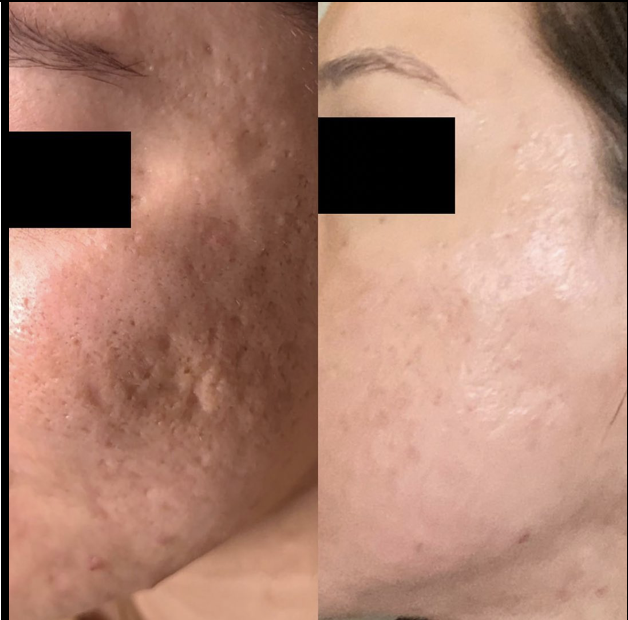In the world of skincare and beauty treatments, new innovations are constantly emerging to address various skin concerns. One such innovative technique is microchanneling, a minimally invasive procedure that aims to rejuvenate the skin and improve its texture. In this blog, we will delve into what microchanneling is, how it works, its benefits, and what to expect from this procedure.
What is Microchanneling?
Microchanneling, also known as microneedling or collagen induction therapy, is a cosmetic procedure designed to improve the appearance of the skin by stimulating collagen production and enhancing product absorption. This is achieved through the use of a specialized device that creates tiny microchannels, or micro-injuries, in the skin’s surface.
The Process:
During a microchanneling session, a trained professional uses a device equipped with fine needles to create controlled micro-injuries in the skin. These micro-injuries trigger the body’s natural healing response, leading to increased collagen and elastin production. Additionally, these microchannels allow for better absorption of topical serums and growth factors, maximizing the benefits of the treatment.
Benefits of Microchanneling:
1. **Improved Skin Texture:** Microchanneling helps to reduce the appearance of fine lines, wrinkles, and acne scars, resulting in smoother and more youthful-looking skin.
2. **Enhanced Product Absorption:** The microchannels created during the procedure allow skincare products to penetrate deeper into the skin, making them more effective.
3. **Increased Collagen Production:** Collagen is essential for maintaining skin elasticity and firmness. Microchanneling stimulates collagen production, leading to firmer and plumper skin.
4. **Reduced Hyperpigmentation:** Microchanneling can help fade dark spots and hyperpigmentation, leading to a more even skin tone.
5. **Minimally Invasive:** Unlike more aggressive treatments, microchanneling is minimally invasive, with little to no downtime required. Compare this to the downtime of microneedling.
What to Expect:
Before the procedure, a consultation with a skincare professional is essential to determine if microchanneling is suitable for your skin type and concerns. The procedure itself may cause mild discomfort, but topical numbing creams are often applied to minimize any pain. After the treatment, some redness and swelling are normal, but these usually subside within a few days. Results become noticeable over time as collagen production increases, with optimal results typically seen after a series of treatments.
Conclusion:
Microchanneling is a promising skincare procedure that offers a wide range of benefits, from improving skin texture to reducing the signs of aging. If you’re looking for a minimally invasive way to rejuvenate your skin and achieve a more youthful appearance, microchanneling could be an option worth considering. As always, it’s important to consult with a skincare professional before undergoing any cosmetic procedure to ensure it’s the right choice for your skin’s needs.

